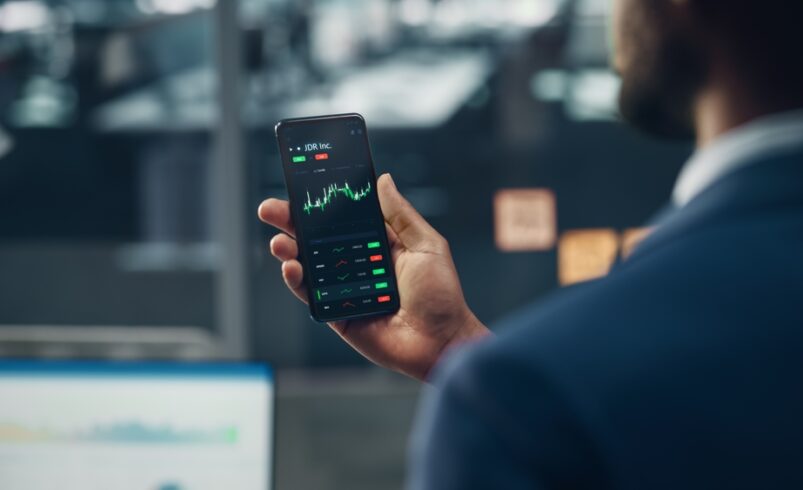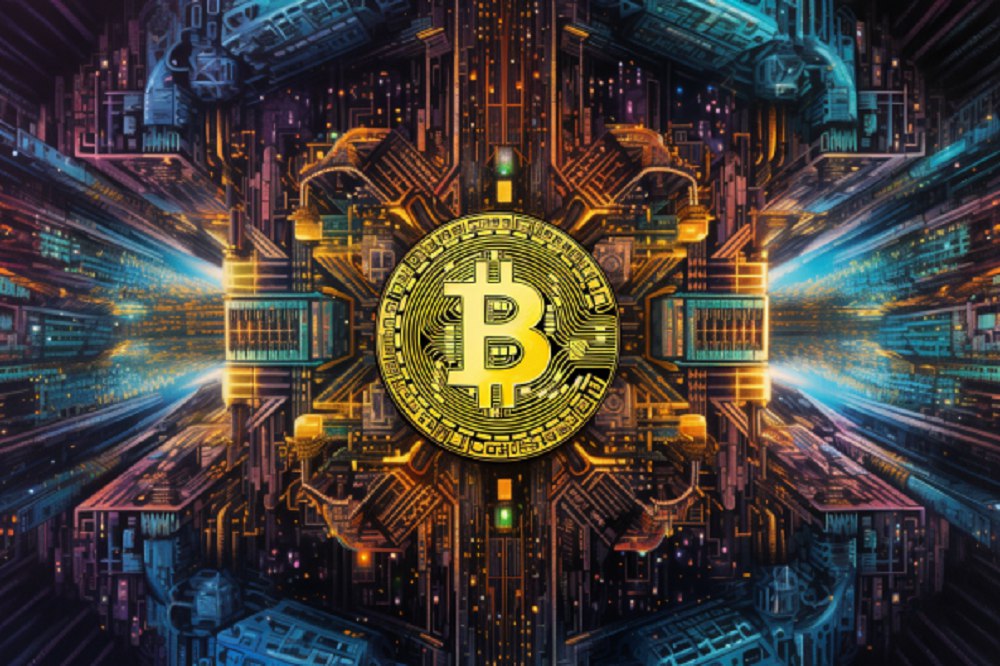Dynamic NFTs: A Comprehensive Guide To dNFTs Creation And Use Cases

Table of Contents
Dynamic Non-Fungible Tokens (dNFTs) redefine NFTs, incorporating real-time data via smart contracts and oracles. Unlike traditional NFTs, dNFTs possess the extraordinary capability to adapt and evolve in response to external conditions like weather changes, sports outcomes, or shifts in asset prices.
This guide delves into dNFT creation, applications, and benefits.
What Are Dynamic NFTs (dNFTs)?
Dynamic Non-Fungible Tokens (dNFTs) represent a groundbreaking leap in NFT technology. They leverage smart contracts and oracles, providing real-time data sources, to introduce unprecedented interactivity to digital assets.
At the core of this transformative potential lies metadata, which contains unique token attributes such as names, descriptions, and features. What distinguishes dynamic NFTs is their ability to evolve continually.
The metadata promptly updates when it receives new data, whether from on-chain sources like game high scores or off-chain via oracles. Meanwhile, the Chainlink Verifiable Randomness Function (VRF) plays a crucial role in play-to-earn games by guaranteeing the unpredictable allocation of in-game attributes and features.
Oracles And Dynamic NFTs
Oracles are the leading players in dynamic non-fungible tokens (dNFTs). They are node collectors providing external data for smart contracts, including dynamic NFTs.
For example, an oracle can relay data to the smart contract linked with a dynamic NFT, prompting changes in its metadata and appearance. Notably, Chainlink oracles enable diverse dNFT use cases.
They streamline NFT creation, ownership transfers, and even outcome resolutions by assigning value to assets. This integration enhances decentralization and automation, bridging on-chain assets with off-chain events and linking smart contracts with external web services.
Differences Between Static NFTs And Dynamic NFTs
Meanwhile, there is a distinction between static and dynamic digital non-fungible tokens. The difference lies in their adaptability.
Static NFTs are immutable digital assets. Once created, their properties cannot be modified or changed.
This inherent rigidity imparts security and compatibility with existing protocols and systems. Static NFTs are particularly well-suited for verification, as all metadata remains within a single file.
On the other hand, dynamic NFTs (dNFTs or living NFTs) can evolve and interact with external events. Oracles enable the transmission of data to the NFT without necessitating the creation of a new token. Instead, the existing token is modified to reflect updated information.
This dynamic quality makes dNFTs ideal for use cases that demand regular data updates, as is common in dynamic industries like gaming and sports.
How To Create A Dynamic NFT
Creating a dynamic NFT is a systematic process aimed at elevating the value and functionality of an NFT collection. Below are the steps involved in dNFTs creation.
- Craft a token using the ERC-721 or ERC-1155 standard. This serves as the foundational element for the dynamic NFT.
- Upload the NFT image links onto the decentralized InterPlanetary File System (IPFS). This ensures the images’ accessibility and permanence in association with the NFT.
- Conduct a comprehensive code review to pinpoint and rectify any errors or inconsistencies.
- Ensure the NFT contract aligns with Keepers, autonomous bots designed for specified tasks on Ethereum.
- Create a smart contract capable of modifying the NFT based on predetermined conditions, whether on-chain or off-chain.
- Thoroughly test the dynamic NFT to confirm its intended functionality and proper response to specified conditions.
There are many user-friendly platforms for crafting dynamic NFTs, many of which do not necessitate coding expertise.
Tools Required For Dynamic NFTs
Creating dynamic NFTs requires essential tools. These include:
Chainlink VRF: It provides secure randomness for unique NFTs.
Chainlink Keepers: A decentralized service that automates smart contracts, enabling NFTs to adapt over time.
Polygon, an Ethereum scaling solution, offers speed and cost-effectiveness.
Truffle and Hardhat are smart contract development frameworks streamlining NFT creation.
MetaMask, a browser extension, facilitates interaction with Ethereum-based DApps and NFT marketplaces.
Each of these tools plays a distinct role in various stages of development, ensuring successful dynamic NFT creation and deployment.
Benefits And Examples Of Dynamic NFTs
Dynamic NFTs bring many benefits to creators, collectors, and enthusiasts. They usher in a new era of interactivity and elevate user experiences, which amplifies their value.
Furthermore, the nature of dNFTs enables them to evolve, opening up exciting prospects for games with ever-changing characters and scenarios. Unlike static counterparts, dynamic NFTs adapt to shifting circumstances, broadening their range of applications.
This adaptability translates to increased revenue streams, ensuring these tokens remain desirable to a broad audience. In addition, their capacity to evolve in response to real-world events sustains collector engagement, enhancing their long-term value.
Dynamic NFTs hold massive promise for IoT and real-world assets, but their current impact is seen in play-to-earn games and fantasy sports. The LaMelo Ball NFT collection is a notable example.
Named after the basketball star, it comprises eight unique digital collectibles that evolve with his real-time statistics. This real-time data integration enriches fan engagement, showcasing how dynamic NFTs can transform interactions in the sports industry.
Time Crypto Market offers content visibility for dozens of crypto enterprises, and you can be a part of our network! Reach out to us on our telegram chat for inquiries. The nature of cryptocurrencies is highly unpredictable; always perform your due diligence before any investment. Several articles on our site come from guest contributors or are commissioned pieces, not originating from Time Crypto Market's in-house writers. The perspectives shared in these articles might not necessarily align with those of Time Crypto Market. We do not assume responsibility for the veracity, caliber, promotions, offerings, or any other elements presented on our platform. Consult our comprehensive terms of service and disclaimer for more details.








